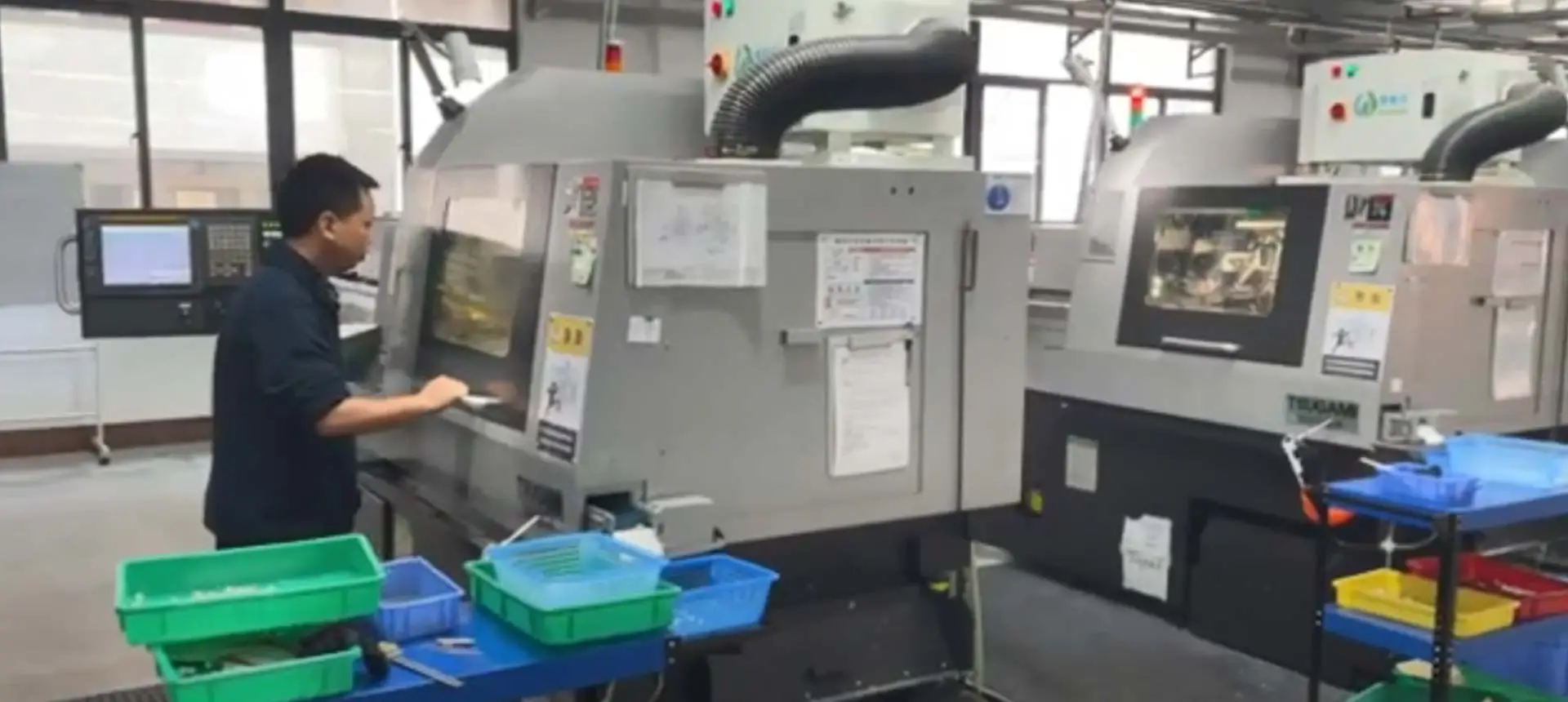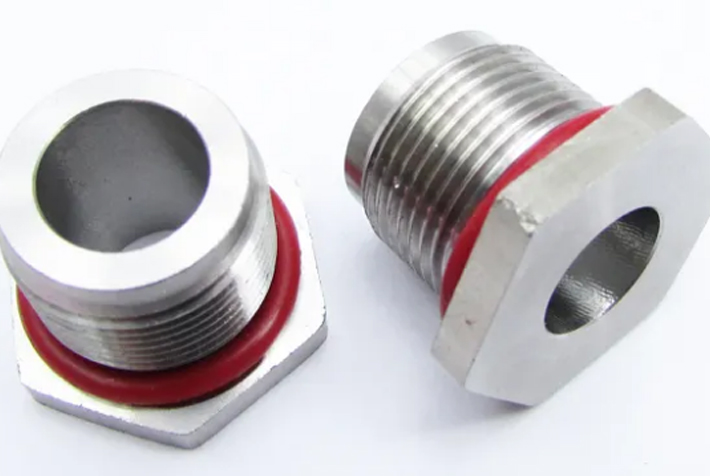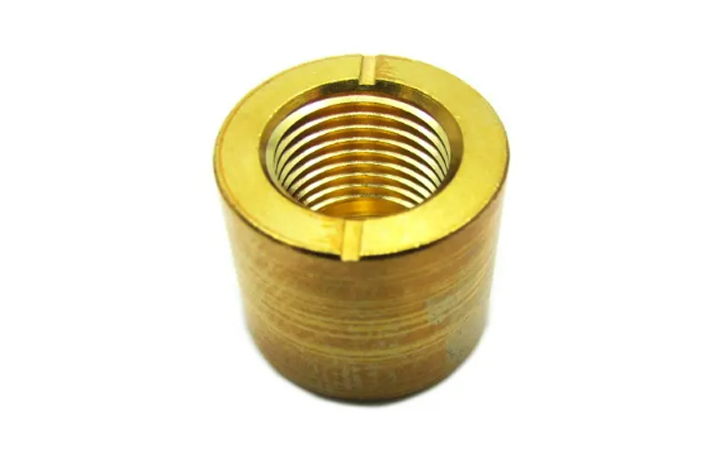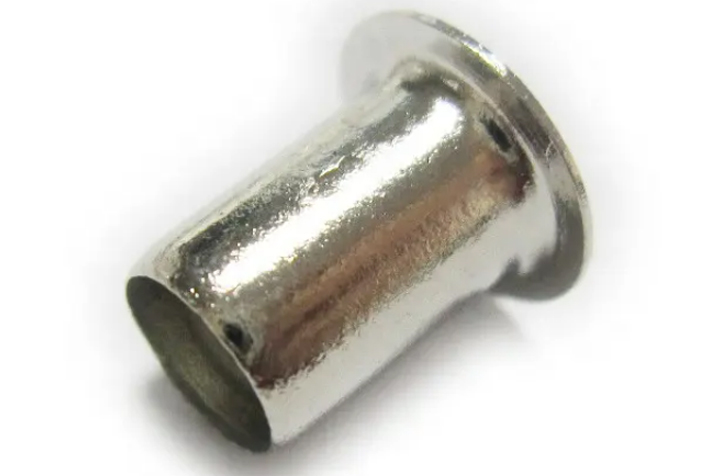
Inspección material: El proceso de control de calidad comienza con la inspección de las materias primas entrantes. Los materiales utilizados para los bujes/manguitos deben cumplir con las normas y requisitos especificados. Los métodos de prueba de materiales pueden incluir análisis de composición química, pruebas de dureza y verificación dimensional.
Precisión dimensional: Los bujes/manguitos deben tener dimensiones precisas para garantizar un ajuste y una funcionalidad adecuados. Las medidas de control de calidad implican inspecciones dimensionales utilizando herramientas y equipos calibrados, como calibradores, micrómetros y medidores, para verificar los diámetros internos y externos, la longitud y el grosor de la pared.
Calidad de la superficie: el acabado de la superficie de los casquillos/manguitos es fundamental para un funcionamiento suave y una fricción reducida. Los controles de control de calidad implican inspeccionar visualmente las superficies en busca de defectos como rebabas, arañazos o irregularidades. Las mediciones de rugosidad de la superficie también se pueden realizar utilizando herramientas como perfilómetros.
Verificación de tolerancia: Los casquillos/manguitos tienen tolerancias específicas que definen variaciones aceptables en las dimensiones. Los procedimientos de control de calidad implican verificar los componentes fabricados con estas tolerancias para garantizar que se encuentren dentro de los límites especificados.
Propiedades MECÁNICAS: Dependiendo de la aplicación de los requisitos, se deben evaluar ciertas propiedades mecánicas de los casquillos/manguitos, como la dureza, la resistencia a la tracción y el alargamiento. Estas propiedades se pueden evaluar mediante métodos de prueba estandarizados, que incluyen pruebas de dureza (por ejemplo, o Brinell Rockwell) y pruebas de tracción.
Material | Iron, stainless steel, brass, copper, galvanized steel, titanium, Aluminium, etc. |
Surface treatment | Zinc/Nickel/Tin/Ag-Plated/Au-Plated, etc. |
Type | High-Precision nonstandard parts (OEM Service) |
Process | Stamping/Punching/Pressing, CNC machining/Turning/Milling, Deep Drawing and other process. |
Certificate | IATF16949 2016;I SO9001 2015; ISO14001:2015;RoHS&REACH, etc. |
Usage | Automotive/ Car Thermostat, Switch, Electric Heating, Aerospace, New energy, etc. |
Bushings, also known as sleeves, are cylindrical components used in various applications to provide support, reduce friction, and absorb shocks or vibrations. The specific product features of bushings/sleeves can vary depending on the intended use and the materials they are made from.
Wear Resistance: Bushings/sleeves may have specific features to enhance their wear resistance, especially in high-load or high-speed applications. These features can include special surface coatings, heat treatment, or the use of materials with inherent wear-resistant properties.
Dampening and Shock Absorption: Some bushings/sleeves are designed to absorb shocks or vibrations, reducing the transmission of impact forces. They may have properties like high elasticity, flexibility, or the ability to deform under load, providing damping characteristics.
Corrosion Resistance: Depending on the application and operating environment, bushings/sleeves may require corrosion-resistant properties. This is particularly important when exposed to moisture, chemicals, or extreme temperatures. Choosing the appropriate material or applying protective coatings can enhance the corrosion resistance of bushings.
Application-Specific Features: Some bushings/sleeves may have additional features specific to certain applications. For example, flanged bushings have a built-in flange that provides additional stability or mounting points.
When selecting bushings/sleeves, consider the specific requirements of your application, such as load capacity, speed, operating conditions, and environmental factors. Understanding the product features and their suitability for your intended use will help ensure optimal performance and longevity.
Bushings are simple cylindrical components designed to reduce friction between a shaft and external structures, providing support and guidance. Commonly found in furniture, automotive suspension systems, etc., they are designed for simplicity and can be solid or feature built-in lubrication grooves to decrease friction and enhance durability.

Bearings, on the other hand, are more complex mechanical components with rolling elements such as balls or rollers. They reduce friction, offer greater load-bearing capacity, and provide high-precision support. Widely used in engines, motors, wheel axles, etc., bearings come in various designs to meet the demands of high-speed and high-load applications. As a hardware manufacturing supplier, HHC are dedicated to delivering high-quality bushings and bearings to meet the diverse design and application needs across different industries, contributing to the development in various fields.
A bushing is a critical component that reduces friction between a shaft and external structures, and its performance is determined by the chosen materials. Here is a guide on the types of bushing materials and the suitable processing techniques for each:

Brass:
Characteristics: Exhibits good thermal conductivity and corrosion resistance.
Processing Techniques: Brass is commonly processed using mechanical techniques such as turning, milling, and drilling to achieve the desired shapes and dimensions.
Bronze:
Characteristics: Possesses higher hardness and wear resistance.
Processing Techniques: Bronze is often processed through precision casting, cold extrusion, or other techniques to manufacture complex-shaped bushings.
Polymers:
Characteristics: Known for self-lubrication and corrosion resistance.
Processing Techniques: Polymer bushings are typically manufactured using injection molding, where molten polymer is injected into molds to form the desired shapes.

Metal Coatings:
Characteristics: Provides superior wear resistance and strength.
Processing Techniques: Steel bushings are often coated using processes like hot-dip galvanizing or electroplating to achieve a protective metal coating on the surface.


